Secure a future for your RIA and your clients.
Owning and operating a registered investment advisor (RIA) firm is a dream come true for many advisors. With the independence model, advisors can run their businesses the way they want, from client service to growth plans to RIA technology choices.
But what happens to that RIA when the advisor retires or needs to step away from the business? According to Cerulli, the wealth management industry is heading toward a succession cliff. At least 26,000 advisors planning to retire by 2030 are unsure of their succession plans.1
When these advisors exit their firm, who takes over the helm to maintain the firm’s culture, investment philosophy, and commitment to client service?
The Challenge: A Ship Without a Captain
When advisors working at a wirehouse decide to retire or need to step away from their business, they can be confident that their clients will be taken care of. The wirehouse will help match those clients with other advisors within the organization to ensure they have the support they need to stay on track to meet their goals.
What happens at an RIA if the owner/advisor(s) decide to retire or otherwise need to leave the business?
Without the right plan in place at an independent RIA, clients can be left with unanswered questions and uncertainty about their future. They may need to scramble to find a new advisor, with confusion over where their assets stand.
Not only can this create short-term chaos for a client, but it can also have a long-term ripple effect that could impact the client’s ability to meet their goals.
The Opportunity: Consistency and Advocacy
For clients, choosing a financial advisor is no small feat. They need a partner with an approach that resonates with their needs and will help facilitate their success.
RIA owners should invest the time and resources to make sure that they have plans in place in the event that they will no longer be a part of the business. That plan should focus on delivering consistency to those clients – consistency of culture, investment philosophy, and service.
Every RIA is unique. Only an advisor can adequately describe what makes their approach special, and how they look to deliver value to clients.
RIAs should consider themselves client advocates. If they do not take the necessary steps to ensure their clients’ financial future is in the right hands, who will?
The Recommendation: Don’t Risk It
Continuity Plans
For starters, every RIA should develop a continuity plan.
A continuity plan outlines how the firm will move forward in the event that the owner is no longer part of the business. Specifically, how will the ownership change, who will service the client accounts, and who will manage the direction of the firm.
Continuity plans should be established for every RIA, regardless of the owner’s age and retirement timeline. The fact of the matter is we can’t predict everything. While we can all hope to have long careers, no one can be certain what lies ahead.
Perhaps an advisor needs to move across the country to care for a family member. Or a circumstance arises where they can no longer perform their normal job duties. A good continuity plan helps ensure that clients will be taken care of, no matter what happens.
Succession Plans
On top of a continuity plan, advisors that are around 15-years away from retirement should consider developing a succession plan.
Much like a continuity plan, a succession plan helps to ensure the future of an RIA. Succession plans focus on how a business will move forward in the event of a planned exit (retirement or deciding to leave the business). These plans may involve a business merging into another organization with a similar structure and approach, or perhaps it could be the passing down of a business to a current or future employee (often a family member carrying on the family business).
These succession plans provide RIA owners a runway to ensure that their business transitions to the right hands, with the right experience, at the right time. These plans also allow plenty of time to communicate any change to clients well before a move takes place so they can be aware of the change and ready for the next chapter in their advisor relationship.
A 15-year timeline may feel long, but it can make the difference in finding the right future for an RIA. If a succession plan is built 15 years out, and the plan falls through (e.g., the prospective successor is no longer in the industry or shows that they are not the right fit), a firm still has plenty of time to find a new partner.
RIAs spend their entire careers helping clients save for retirement. The last thing any advisor should have to do is push off their retirement because of rushed planning.
Securing Value: Don’t Waste Your Business
On top of helping clients, continuity and succession plans can help advisors too.
One of the major benefits of the RIA model is ownership – having equity in a business that the advisor has built. Monetizing that business can be a phenomenal reward at the end of a successful career.
Without a continuity or succession plan in place, advisors could find themselves scrambling to monetize their business when they ultimately exit their firm. These plans help to make sure advisors and their families can secure value from their life’s work.
Have You Built Continuity and Succession Plans for Your Clients?
If not, don’t worry – you’re not alone.
To help solve this challenge, TradePMR recently announced a relationship with FP Transitions. With this relationship, FP Transitions now offers practice management and tailored consulting services designed to support succession and growth planning for RIAs that work with TradePMR.
If you’d be interested in learning more about succession and continuity planning and how TradePMR could help support your business and clients in the long term, we should talk.
TradePMR and FP Transitions are separate and unaffiliated entities.
1 40% of Advisory Assets Will Transition in 10 Years, According to Cerulli, by Cerulli Associates. Published June 13, 2022.






